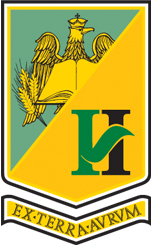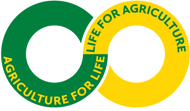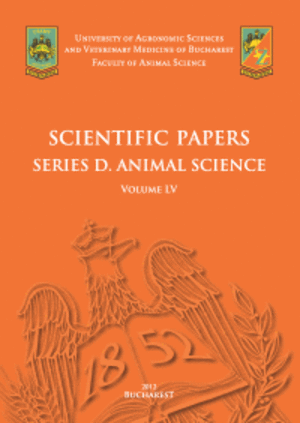Published in Scientific Papers. Series B, Horticulture, Vol. LXVIV, Issue 1
Written by Liliana-Aurora RĂDULESCU (NICHIFOR), Dorel HOZA
Philaenus spumarius is a polyphagous insect that attacks hundreds of plant species. Initially, it was considered harmless to crops. However, it is now classified as a highly harmful insect because it serves as a vector for polyphagous pathogens - such as Xylella fastidiosa and Phytoplasma solani - which have caused significant damage to Vitaceae, Oleaceae, Rutaceae, Rosaceae, and Solanaceae crops across Europe. The attacking capacity of Philaenus spumarius is influenced by factors such as the tolerance of the plant variety, the phenological phase at the time of the attack, climatic conditions, and the type of treatment applied. Field studies conducted on the gooseberry varieties Invicta, Captivator, and Hinnonmaki Red revealed that Philaenus spumarius prefers Hinnonmaki Red. Treatments using Mentha pulegium, Urtica dioica, Thymus serpyllum, and Mentha piperita had varying effects on Philaenus spumarius specimens. The research was carried out under field conditions.
[Read full article] [Citation]




